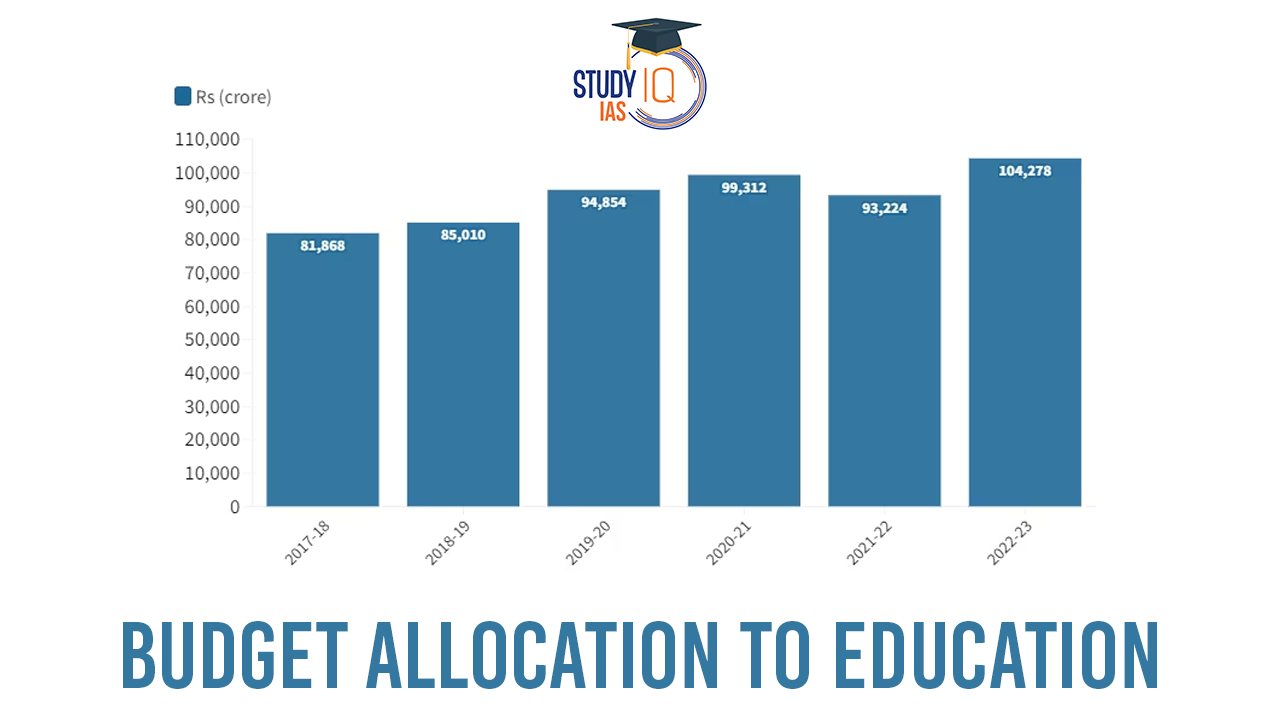Table of Contents
Context: The Interim Budget has slashed allocation to higher education which exacerbated the economic burden on both educational institutions and students.
Economic Implications of the Interim Budget on Higher Education
- Substantial Budget Cuts to UGC: The University Grants Commission (UGC) has experienced a dramatic reduction in its allocations by over 60%, with a specific cut of ₹9,600 crore from the previous fiscal year.
- This represents a significant departure from the expected support for higher education institutions.
- Misalignment with Educational Goals: The budgetary cuts contrast sharply with the aims of the ‘Education 2023: Incheon Declaration,‘ which India endorsed for promoting inclusive and equitable quality education and lifelong learning opportunities for all.
- The current budget allocation to education is around 2.8% of GDP, falling short of the Incheon Declaration’s target of 4-6%.
- Decrease in Higher Education Funding: Higher education funding has been reduced by 16.8%, which could place additional financial burdens on educational institutions and students, moving away from grant-based support to loan-based mechanisms via the Higher Education Financing Agency (HEFA).
- Shift Towards Loan-Based Financing: HEFA’s role in providing loans for educational infrastructure development signals a shift from grants to loans, potentially leading to more self-financed courses and higher fees for students, thus commercialising higher education.
We’re now on WhatsApp. Click to Join
Impact on Marginalised Groups
- Lower Gross Enrolment Ratio (GER): Marginalised groups such as women, Scheduled Castes, and Scheduled Tribes have GERs below the national average, with figures standing at 24.9%, 23.1%, and 18.9%, respectively.
- This is concerning given the nearly 100% GER at the elementary level, indicating a significant drop-off at higher education levels.
- Exclusion from Higher Education: Over 72% of students are excluded from higher education due to financial constraints, further exacerbated by the budget cuts, impacting India’s GER in higher education, which is already the lowest among BRICS nations at below the global average of 38%.
School Education Budget Allocation
- Marginal Increase with a Catch: The school education sector saw a marginal increase of 0.73%, but the distribution raises concerns.
- A significant portion of the budget is allocated to specific initiatives like PM-SHRI schools and EMRS, potentially at the expense of the broader school education system.
- Disproportionate Allocation to Select Schools: With 8.3% of the total school education budget dedicated to only 0.7% of schools, there’s a risk of underfunding the vast majority of existing schools, potentially compromising the quality and accessibility of education for most students.
- NEP 2020 and Budget Allocation: The higher allocation to PM-SHRI schools, aligned with the NEP 2020, could pressure other states and territories to adopt the NEP agenda fully, despite concerns about institutionalising socio-economic inequalities and exacerbating educational challenges for disadvantaged groups.


 Operation Baam: Baloch Separatist Group ...
Operation Baam: Baloch Separatist Group ...
 National Register of Indian Citizens (NR...
National Register of Indian Citizens (NR...
 World Population Day 2025, Themes, Histo...
World Population Day 2025, Themes, Histo...





















